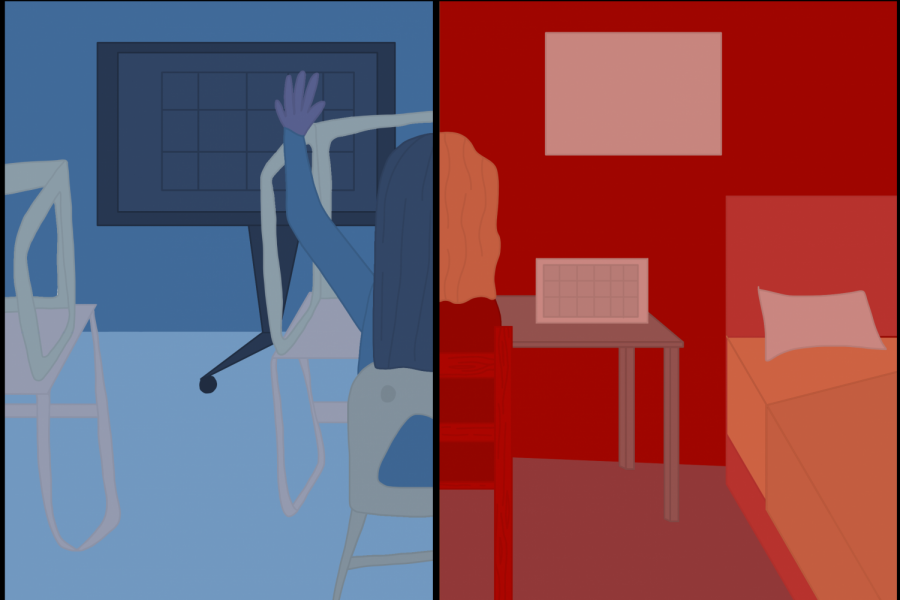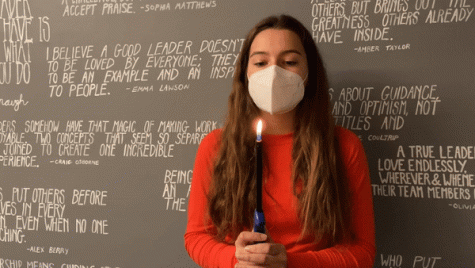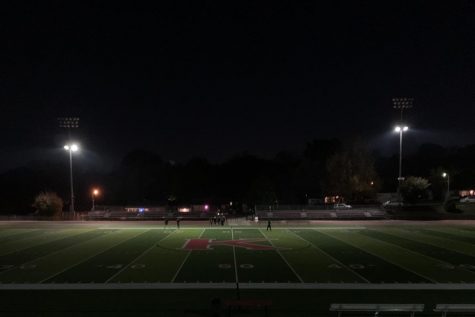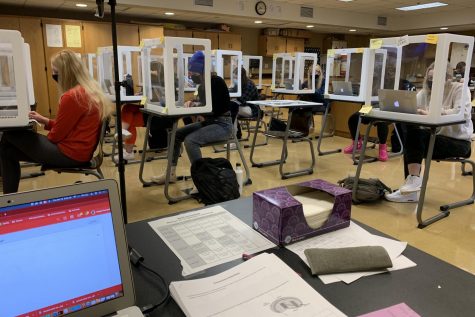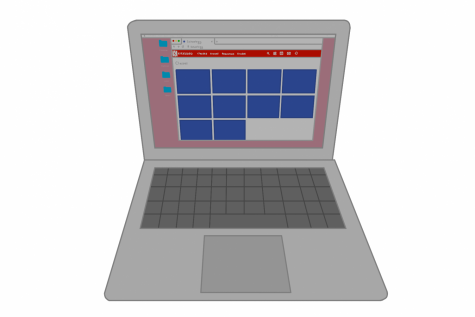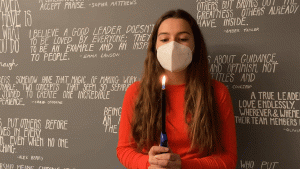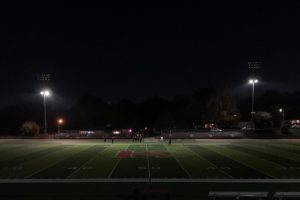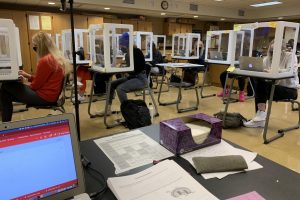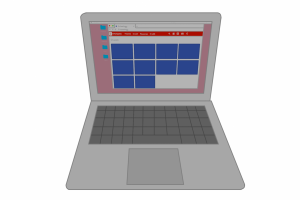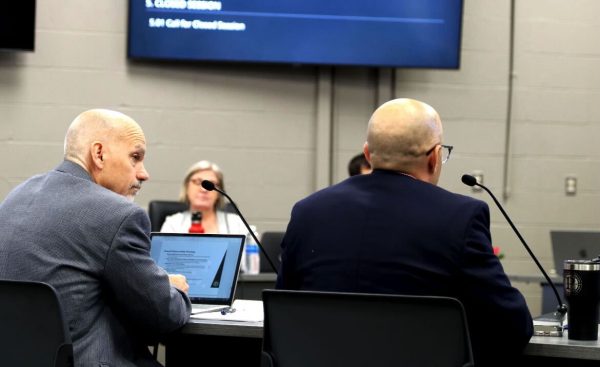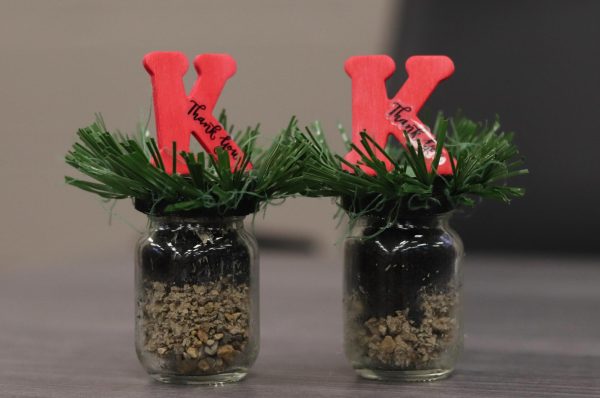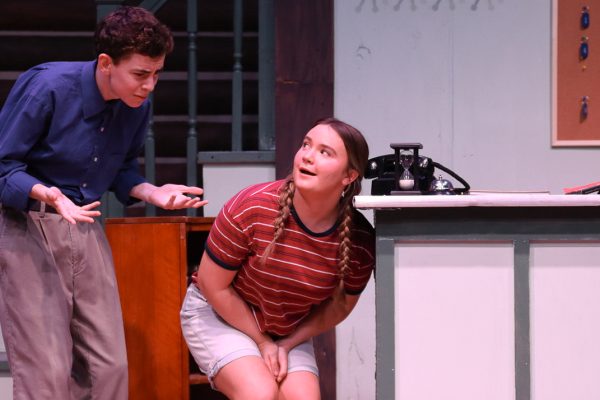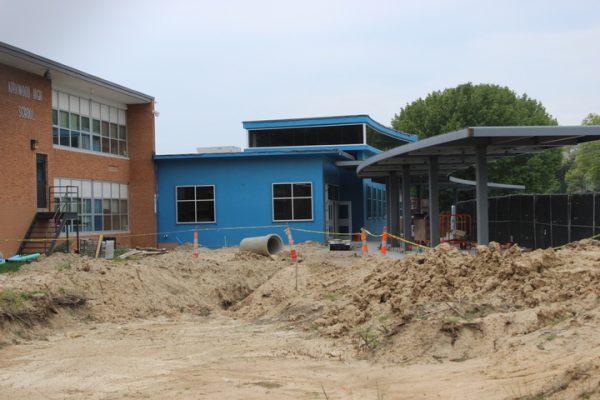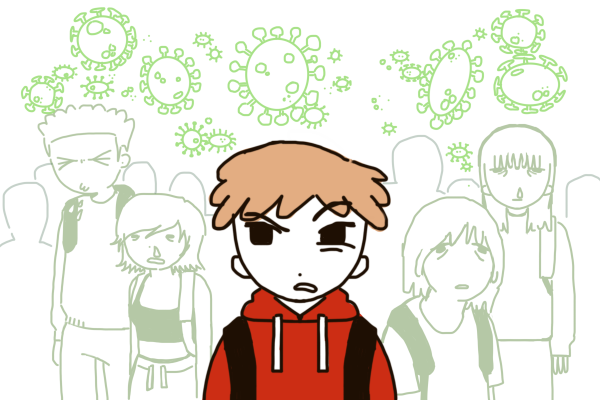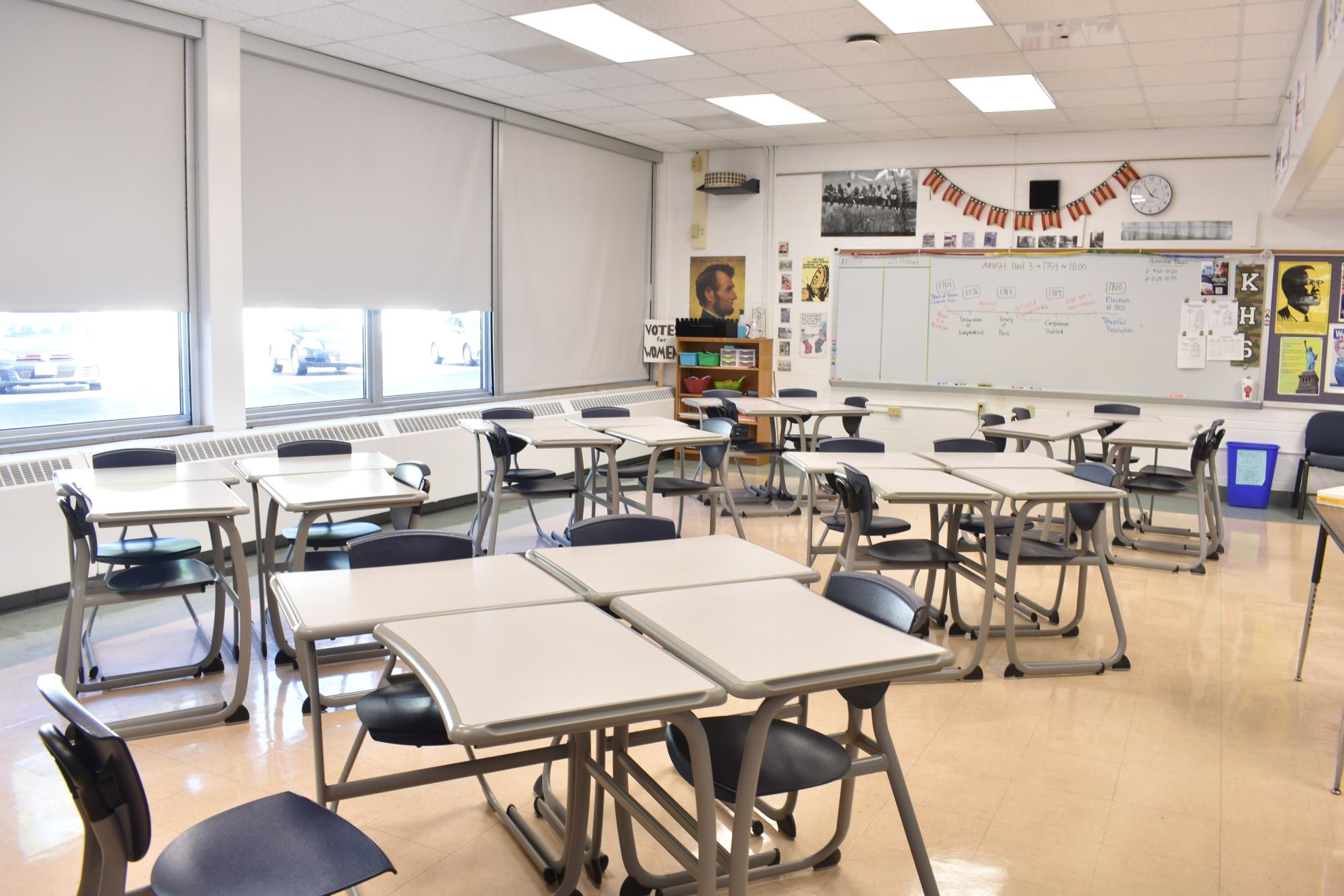Student experiences: In-person vs. e-learning
Seven months after their last normal in-person classes, students returned to the KHS campus for the first time Nov 9.
Seven months after their last normal in-person classes, students returned to the KHS campus for the first time Nov 9. One month after the return to school, many students have gone back to e-learning, either by choice or due to COVID-19 exposures. Originally, only 26.2% of students chose to do e-learning, whereas 39.5% of students are at home as of Dec 9.
In the beginning of October, students and their families were asked to choose whether or not they would return to in-person classes for the remainder of the first semester. For some students, this was an obvious decision.
“I chose in-person learning because I wasn’t getting out of the house with virtual learning,” Christopher Plants, junior, said. “I wasn’t getting the social interaction I would from in-person, so I really just wanted to get out and see people. And it’s different now in-person because of all the shields, but at least you still get to talk to people.”
While the benefits of in-person learning were a factor in Plants’ decision to return to school, the challenge of virtual learning also influenced his choice. When students join classes through Zoom, not all teachers require cameras to be on. According to Plants, this can make it harder to focus in class.
“When you’re virtual, it’s so easy not to pay attention, just being on your phone and not listening [instead], which was hurting my grades,” Plants said. “I got better about it as time went on, but it’s a lot easier to focus when you’re in a real class.”
When you’re virtual, it’s so easy not to pay attention, just being on your phone and not listening — Christopher Plants
Along with difficulty focusing, another challenge that students who have opted to remain virtual are struggling with is missing out on classroom interactions. Students who are in-person are now able to do in-class activities with peers, while online students still lack this communication. Will Bergman, junior who returned to online learning after being in-person for two weeks, noticed how teachers interact differently with in-person versus online students.
“I’ve noticed that it’s really hard for teachers to balance online engagement and in-person engagement,” Bergman said. “[In] most of my classes, they’ve been prioritizing the in-person students because there are more of them and it’s easier to interact with them.”
I’ve noticed that it’s really hard for teachers to balance online engagement and in-person engagement — Will Bergman
The lack of interaction between in-person and online students affect not just students at home, but also students in the classroom as well. Students inside KHS often can’t see or hear their online peers at all, limiting connection between the two groups. Wyatt Harris, junior who has returned to in-person classes, noticed this happening.
“One of my teachers will sometimes do things where we have separate discussion between the in-person and virtual students,” Harris said. “Besides that, you just don’t really hear from the online students – it’s just silent.”
Besides that, you just don’t really hear from the online students – it’s just silent. — Wyatt Harris
Although virtual learning adds the challenge of missing classroom interactions for many students, some students find that it does have benefits. Some students prefer the flexibility and efficiency learning from home provides.
“I prefer online learning because it is easier and more flexible,” Harris said. “When we have extra time in class I can get more done because I’m already home anyway. Also, I get to sleep in.”
Whether participating in e-learning or in-person classes, students are adjusting to a form of school completely different from past years. This school year lacks many of the activities students look forward to most, like lunch, clubs, sporting events and other extra-curriculars.
“I barely get to see my friends, I have a lot less class time and a lot more homework,” Nina Teckman, sophomore, said. “It’s definitely not the high school experience I expected.”
Your donation will support the student journalists of Kirkwood High School. Your contribution will allow us to purchase equipment and cover our annual website hosting costs.
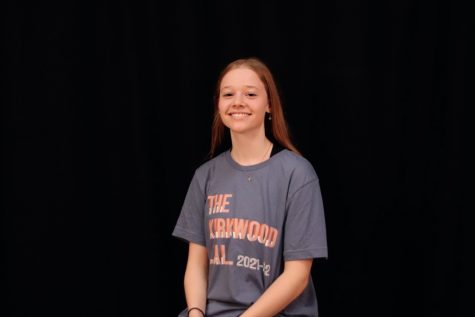
she/her
Hobbies and Interests: writing, reading, swimming, rowing
Favorite Song: The Adults Are Talking by The Strokes
Favorite Quote: “If people...

he/them
Hobbies and Interests: I love reading, drawing, hanging out with friends, playing with my dogs, listening to music
Favorite Song: “World's...


